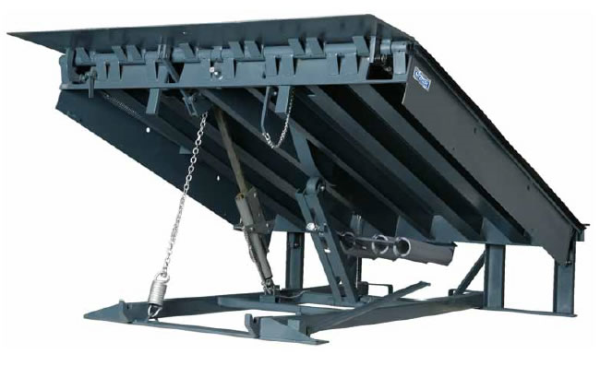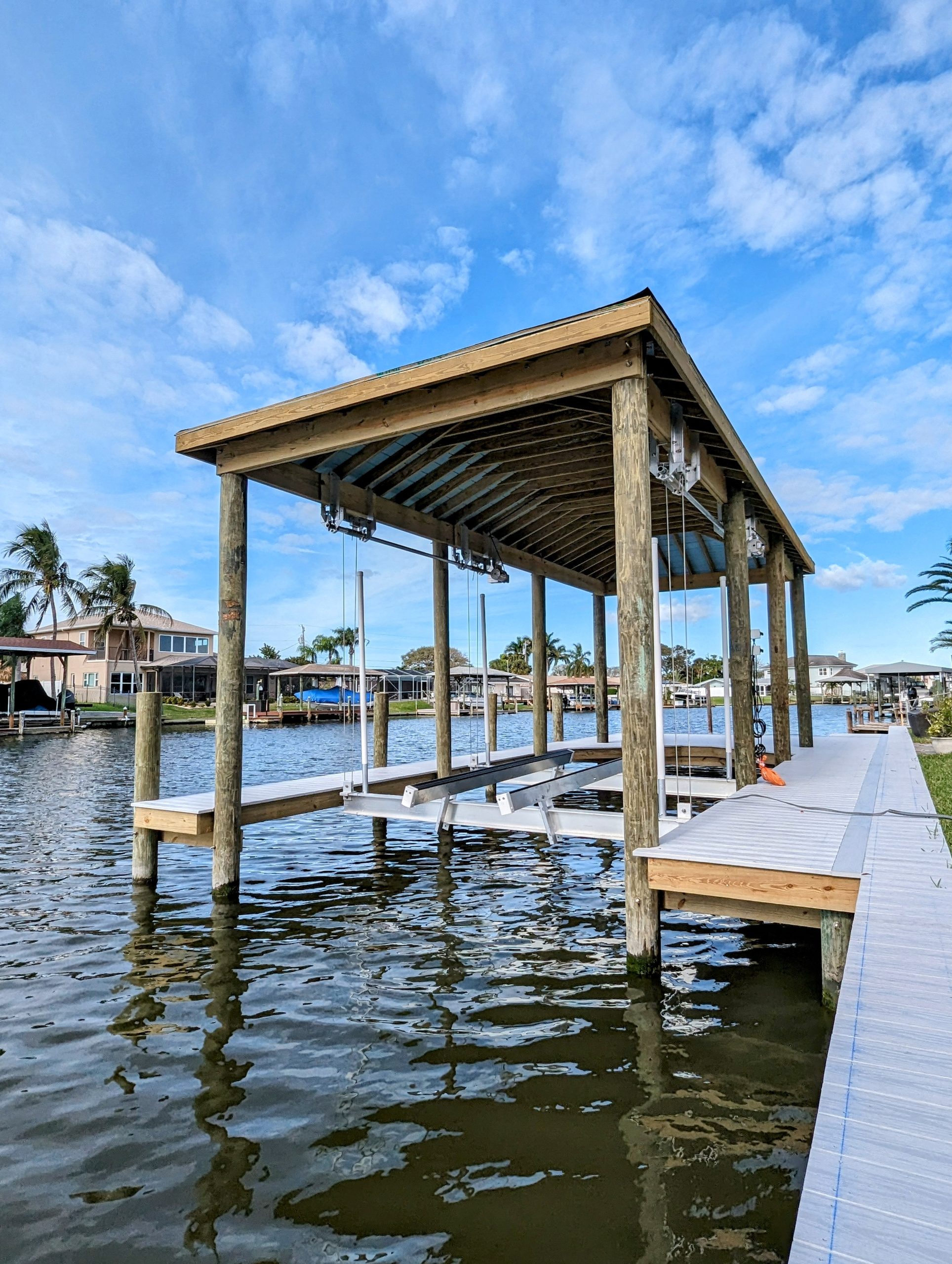Typical Issues That Bring About Expensive Dock Repairs
Typical Issues That Bring About Expensive Dock Repairs
Blog Article
Efficient Dock Repair Service Techniques: Making Sure Architectural Stability
Guaranteeing the structural integrity of anchors with efficient repair work strategies is paramount for the longevity and safety of aquatic facilities. This entails a multi-faceted technique starting with comprehensive inspections making use of sophisticated innovations like sonar tools and remotely operated vehicles (ROVs) to identify both noticeable and concealed problems. Consequently, selecting the appropriate repair service materials, such as composite materials and corrosion-resistant alloys, is crucial for durability. Architectural reinforcement approaches, including the execution of cross-bracing systems and load-distribution plates, play a crucial duty in mitigating anxiety points. The significance of these methods comes to be apparent when discovering advanced repair service techniques and preventative maintenance methods.
Analyzing Dock Damages
Evaluating dock damage is a crucial first step in ensuring the architectural integrity and safety of any kind of docking center. Trick aspects to take a look at include the dock's foundation, pilings, decking, and hardware (Dock Repairs).
Structural designers or qualified examiners normally perform these assessments using specialized devices and techniques. For instance, undersea assessments may employ sonar tools or from another location ran lorries (ROVs) to find submerged damages. Above water, aesthetic assessments are complemented by making use of wetness meters and other analysis tools to reveal underlying issues not quickly noticeable to the naked eye.

Choosing Fixing Products
Selecting the proper repair work materials is an essential action in the dock reconstruction procedure, one that directly influences the durability and efficiency of the repaired structure. Product option should be driven by variables such as ecological problems, load-bearing requirements, and compatibility with existing dock components.
In enhancement to timber, composite materials are significantly prominent due to their longevity and low upkeep requirements. Compounds, generally made from a mix of plastic and timber fibers, use excellent resistance to rot, bugs, and UV damages. For metal anchors, choosing corrosion-resistant alloys such as galvanized steel or marine-grade aluminum is vital to stop corrosion and guarantee architectural integrity in saline water conditions.
Epoxy resins and marine-grade sealers are indispensable for repairing fractures and securing joints, offering a water-proof obstacle and boosting the dock's overall strength. By thoroughly choosing high-grade materials, dock repairs can achieve lasting results, consequently securing versus future destruction and making certain safe, dependable use.
Structural Reinforcement Techniques
Effective architectural support strategies are critical in ensuring the stability and longevity of dock repairs. One basic approach entails using steel or composite support bars (rebar) within concrete frameworks. Rebar gives added tensile toughness, stopping fractures and distributing loads more evenly. This approach is specifically efficient for docks exposed to hefty lots or extreme ecological conditions.
An additional necessary technique is the application of fiber-reinforced hop over to these guys polymers (FRP) These products use high strength-to-weight ratios and superb resistance to rust, making them perfect for enhancing wood or concrete anchors. FRP can be applied in strips or sheets and adhered with epoxy resins to boost structural honesty.
Bracing and securing systems likewise play an essential function in structural reinforcement. Cross-bracing, making use of steel or wood beam of lights, can counteract lateral pressures, minimizing swaying and activity. Anchoring systems, such as helical piers or driven heaps, offer a secure foundation by transferring lots to deeper, a lot more stable soil layers.
Last but not least, the combination of load-distribution plates can help distribute weight extra evenly across the dock's surface area, reducing local stress and anxiety points. These methods jointly ensure that docks continue to be risk-free and durable, with the ability of standing up to the roughness of their functional environment.
Advanced Repair Techniques

An additional sophisticated method includes underwater welding, which permits repairs to be carried out without the need to dewater the location. This technique is especially beneficial for dealing with structural problems in immersed dock components, making sure marginal disruption to operations. Enhanced welding strategies, coupled with robotic systems, supply precision and reliability, thereby expanding the life-span of the dock.
Furthermore, cathodic defense systems are implemented to stop rust in metallic dock frameworks. By making use of sacrificial anodes or amazed current systems, these techniques properly minimize the electrochemical procedures that bring about material deterioration.
Last but not least, advanced monitoring technologies, such as structural wellness surveillance (SHM) systems, give real-time data on the problem of dock frameworks. These systems allow proactive upkeep and prompt interventions, ultimately ensuring the lasting structural honesty of the dock.
Maintenance and Avoidance
Upkeep and avoidance are fundamental concepts that underpin the long life and security of dock frameworks. Regular assessments are paramount, permitting early detection of deterioration, possible weak points, and ecological influences. A positive method, including regular look for corrosion, rot, and structural changes, reduces pricey repair services and extends the dock's operational life.
Safety nets ought to include applying protective finishings to metal components to safeguard versus corrosion and utilizing treated timber to withstand decay. Additionally, ensuring proper drain and air flow can prevent water buildup, which is a common cause of structural degradation. Incorporating quality materials and sticking to maker standards throughout building and fixing stages additionally play vital functions in improving resilience.

Training personnel in dock upkeep best methods makes certain consistent application of safety nets. Leveraging technological developments, such as drones for inspections and sensors for real-time surveillance, can further boost upkeep efforts. By prioritizing maintenance and prevention, dock owners can ensure architectural honesty, functional safety and security, and cost-efficient administration over the this dock's lifespan.
Conclusion
In final thought, preserving the structural integrity of marine facilities requires thorough dock repair service methods. Advanced repair work methods, paired with normal maintenance practices, guarantee the dock continues to be functional and risk-free under varied environmental problems.
Guaranteeing the architectural integrity of anchors via efficient repair service methods is vital for the long life and safety of aquatic centers.Picking the suitable repair work products is a critical step in the dock reconstruction procedure, one that directly influences the durability and efficiency of the fixed structure.Effective structural support strategies are essential in making sure the stability and durability of dock fixings. By prioritizing maintenance and avoidance, dock proprietors can guarantee structural honesty, functional safety and security, and cost-efficient management over the dock's life expectancy.
In final thought, maintaining the structural honesty of aquatic facilities demands thorough dock repair service techniques.
Report this page